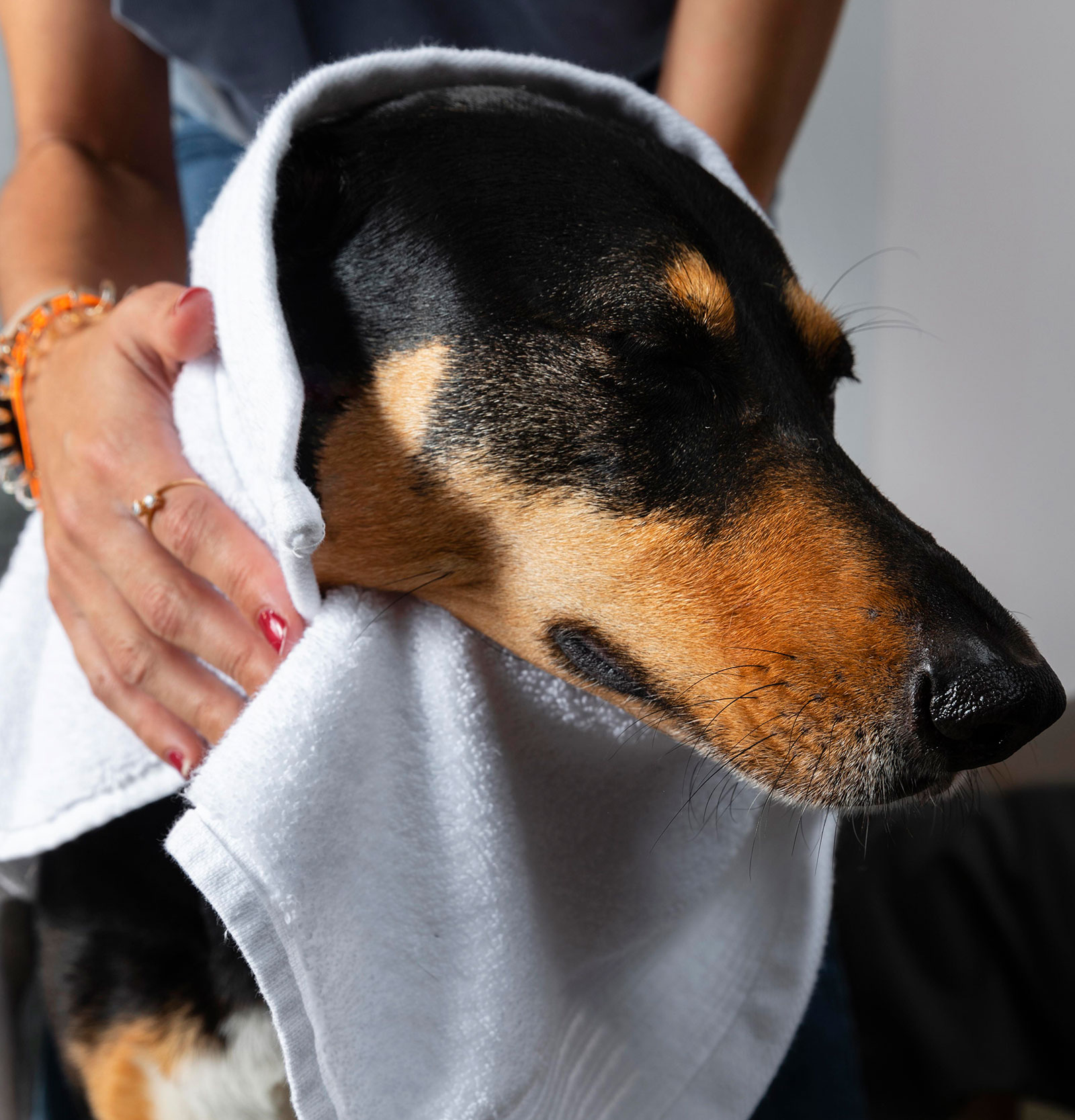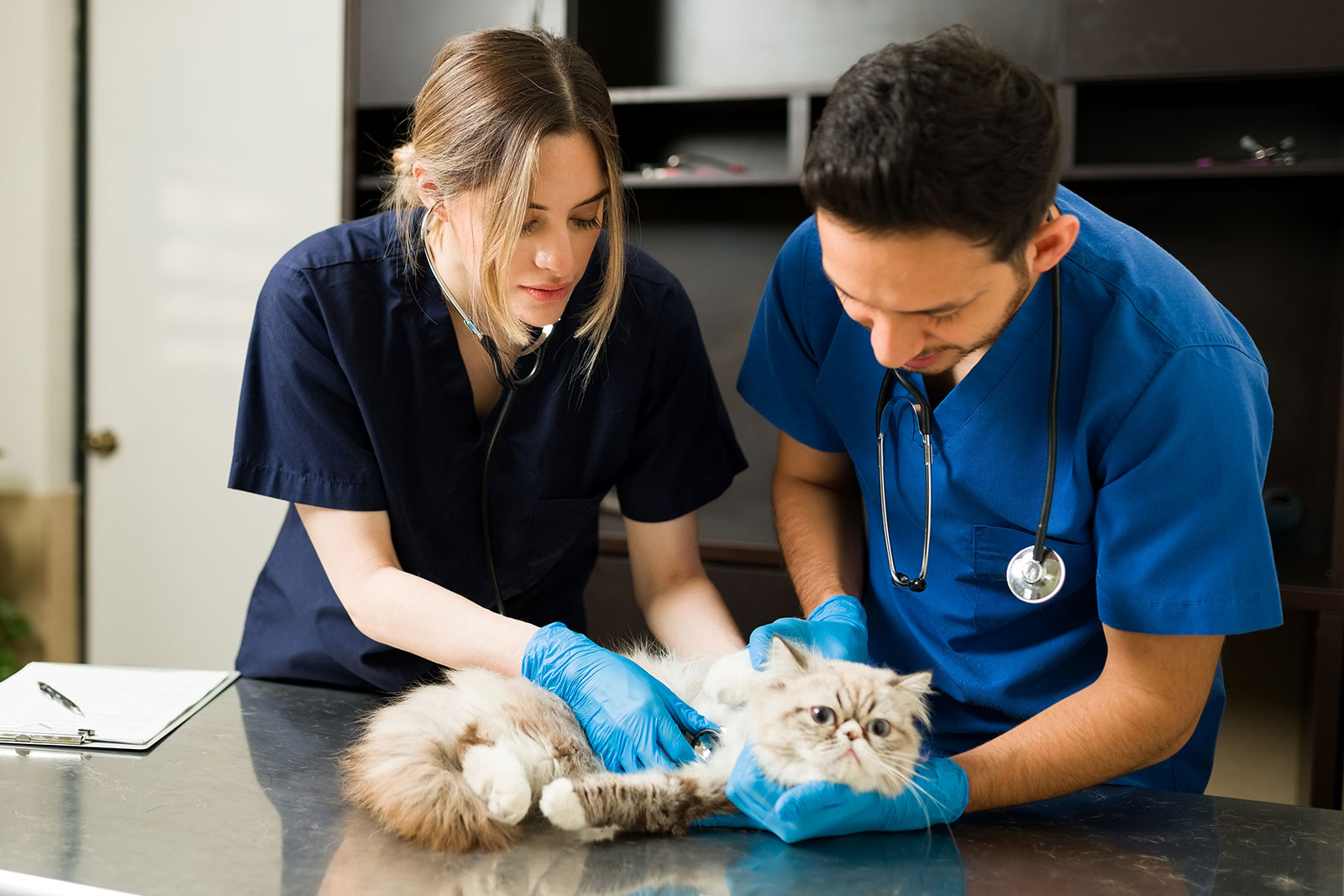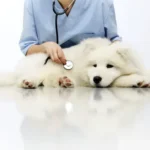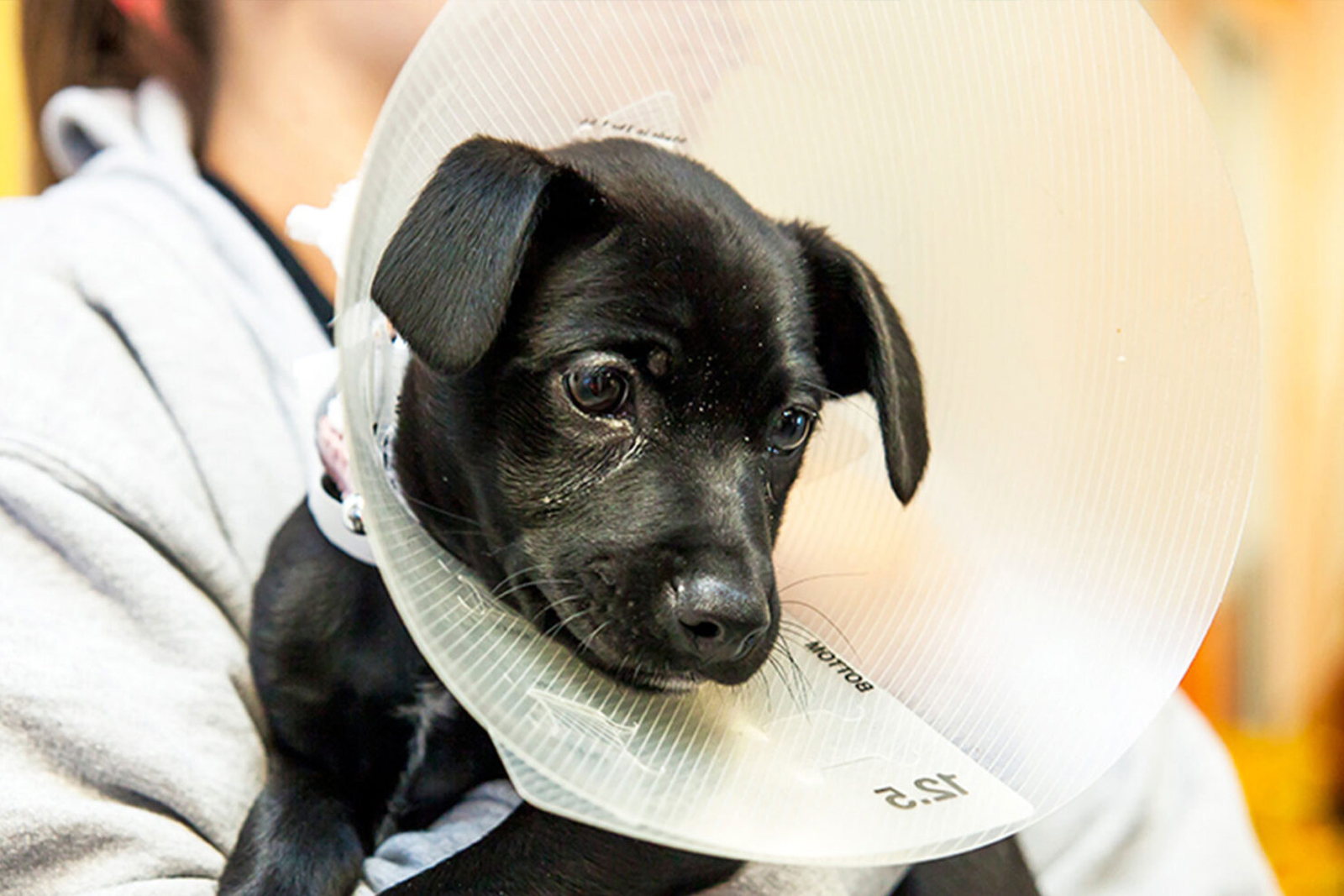Lymphadenopathy in Dogs & Cats: Understanding, Detecting, and Managing a Serious Health Indicator – Lymphadenopathy or abnormal lymph node enlargement is a very important clinical finding in dogs and cats. It requires urgent veterinary assessment. It is not in itself a disease but an important clinical sign that can mean a variety of problems, ranging from infections, inflammation, or even cancer, which can be life-threatening. An understanding of whether lymphadenopathy is a signal of serious underlying disease can help owners in their assessment for early detection and diagnosis, and subsequent treatment.

What Is Lymphadenopathy In Pets?
Lymph nodes, which are small, bean-shaped structures involved in the immune system and part of the lymphatic system, work to filter a lymphatic fluid and trap pathogenic materials and other foreign bodies to help with immune function. In dogs and cats, lymph nodes are present in the body in the following regions: submandibular (under the jaw), prescapular (in front of the shoulders), axillary (armpit region), inguinal (where the leg and abdomen meet), and popliteal (behind the knee).
Lymphadenopathy can affect one node or a few nodes (localized), or it can affect several nodes in the body (multisystem) and present as generalized lymphadenopathy. Either pattern of node enlargement should not be ignored in dogs and cats.
Causes of Lymphadenopathy
The causes of lymphadenopathy in pets can be grouped into three main categories –
1. Infectious Diseases
Infectious diseases are among the most common causes of lymphadenopathy in pets. An infection from bacteria, viruses, fungi, or parasites can result in an immune response and cause the lymph nodes to swell. When it comes to cats, lymphadenopathy may be due to feline leukemia virus (FeLV), feline immunodeficiency virus (FIV), and toxoplasmosis. In dogs, lymphadenopathy may be due to infections such as ehrlichiosis, anaplasmosis, leptospirosis, and distemper.
2. Inflammatory or Immune-Mediated Disorders:
Some diseases, including systemic lupus erythematosus or immune-mediated polyarthritis, can cause generalized lymphadenopathy. A chronic inflammatory response may involve lymph nodes throughout the body.
3. Cancer
Cancer is one of the most serious causes of lymphadenopathy in pets. Lymphomas are very well known in dogs and cats and can result in marked lymphadenopathy. Mast cell tumors, metastatic carcinomas, and leukemia can involve the lymphatic system.
Detecting Lymphadenopathy: Signs and Symptoms
Lymphadenopathy is often successfully managed through early detection. Pet owners should look for lumps or swellings, including generalized swelling, on their pet. Pet owners can regularly check for swelling in superficial areas that are easy to feel, such as under the jaw and behind the knees. All medical conditions in pets require careful and informed decisions on the part of the pet’s owner, and regular inspection of their pet may yield information that the can provide to the veterinarian about abnormal changes in their pet’s health.
Common signs include –
The appearance of noticeable swelling or lumps beneath the skin
- Abnormally low levels of energy and decreased activity
- Loss of appetite
- Fever
- Unexplained weight loss
- Difficulty swallowing or breathing (if the nodes located in the neck are affected)
Your veterinarian will typically perform a physical examination that includes palpating the peripheral lymph nodes to assess for swelling. The exam may lead to diagnostic tests, such as fine needle aspirate (FNA), biopsy, blood work, x-rays, or ultrasound to determine the underlying cause of the lymphadenopathy.
Management of Lymphadenopathy in Dogs and Cats
Treatment will depend fully on the reason for the lymphadenopathy. No treatment fits all, so diagnosis by a veterinarian is necessary.
1. Treatment of Infections
A bacterial infection may be treated by using antibiotics. A viral infection may take a more supportive approach, including hydration and therapy to improve the immune system. Fungal or parasitic infections would be treated using antifungals or antiparasitics.
2. Treatment of Immune-Mediated Diseases
Most patients will respond to immunosuppressive therapy, which is often where steroids or some immunomodulating drug is prescribed. The goal of treatment is to suppress the immune system from overreacting and causing inflammation and swelling in the lymph nodes.
3. Treatment of Cancer
Lymphadenopathy due to cancer requires a more aggressive approach. Cancer treatments will include the following –
- Chemotherapy, particularly if lymphoma is confirmed. Lymphoma responds well to specific chemotherapy protocols.
- Surgical removal if the tumor is localized, and measurable size, and easily resectable.
- Radiation therapy is used in some select cases to shrink a tumor that cannot be resected.
Palliative care may be instituted for terminal or complex cases to enhance the pet’s quality of life.
Prognosis and Follow-Up
Prognosis for pets with lymphadenopathy varies widely based on the underlying cause. Lasers can generally be well managed and resolved in a timely fashion. Meanwhile, some cancers, such as lymphoma, can be aggressive but can also go into remission when treated early and successfully. Follow-up appointments will include physical exams and diagnostic testing to help determine the health of your pet. Owners should also monitor their pet’s behavior, appetite, and appearance for any changes.
Prevention and Early Treatment
While lymphadenopathy is not preventable in and of itself, many of its causes are. So it is wise to have your dog or cat continuously up to date on –
- Routine vaccinations
- Regular deworming
- Annual veterinary examinations
- Preventative tick and flea products
- A healthy/balanced diet.
Early treatment is the best treatment. A pet owner should not hesitate to contact their veterinarian if at any time they note any odd swelling or if the pet appears unwell. The sooner the case is discussed or examined, the better the prognosis will be.
Conclusion
Lymphadenopathy is a serious clinical sign in dogs and cats. Lymphadenopathy should never simply be ignored. The causes of lymphadenopathy range from infections to cancer, and the possibilities are quite varied. Early detection significantly alters the eventual outcome. Pet owners are vital in monitoring physical and behavioral changes, while veterinarians are vital to the diagnosis and treatment of the condition correctly. With a little knowledge and anticipation, you can make sure that your furry friend gets the care they deserve when it matters.
FAQs
Is lymphadenopathy in pets always cancer?
No, not always. Cancer, especially lymphoma, is a real and serious cause of lymphadenopathy but there are many other possible causes that include infections, immune diseases or localized inflammation. Only a veterinary diagnosis can determine the exact cause.
Are there lymph nodes I can feel at home to check whether they are swollen?
Some lymph nodes, such as those under your jaw or behind your knees, can be felt with a light examination at home. Most often, lymphadenopathy doesn’t mean you can palpate enlarged nodes, and not every lump is a lymph node. So if you’re ever concerned about something, see a veterinarian.
Is lymphadenopathy painful to dogs or cats?
The enlargement of the lymph node itself is probably not painful. If the lymphadenopathy is caused by an infection or inflammation, your pet may be locally uncomfortable, may have a fever, and may be lethargic (a sign of systemic illness). In some cases, pain may occur if the lymphadenopathy affects normal movement or compresses pressure points.
What is the most common reason for generalized lymphadenopathy in cats?
The most common causes of generalized lymphadenopathy in cats are viral infections such as FeLV or FIV and lymphoma. In these cases, multiple lymph nodes are affected, and cats often have systemic signs.




